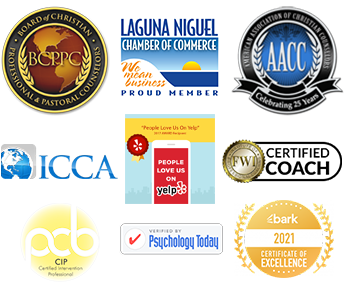
By Randy Moraitis, MA, CIP, BCPC
K2, Spice, and bath salts are designer drugs that frequently make the news because of their link to overdose deaths and abnormal behavior. In fact, just this past March there were several teen deaths in Washington State caused by designer drugs.
Designer drugs problems are not isolated to America. Europe has seen a huge influx of designer drugs, and earlier this month New Zealand actually banned all designer drugs making them illegal. (Something I believe all countries must do!)
I learned the truth about these substances at a seminar taught by a leading physician/scientist in the field of addiction and designer drugs. Here are the important highlights that everyone needs to know:
- K2 and Spice are often considered a marijuana replacement because they resemble marijuana and are smoked.
- K2 and Spice are actually nothing like marijuana in their chemical composition.
- K2 and Spice are chemically similar to a combination of methamphetamine and LSD.
- K2, Spice, and Bath Salts are very dangerous. The original inventor said that these substances were not for human consumption.
- Designer drugs can be very addictive.
- K2, Spice, and bath salts can cause permanent brain damage or psychosis, including schizophrenia, after one use.
- Designer drugs kill brain cells.
- Spice causes delirium, a sudden severe confusion.
- People can have flashbacks from Spice and bath salts.
- Chemists frequently change the molecular composition of designer drugs to stay one step ahead of drug tests, so designer drugs often go undetected.
I urge every parent and care giver of children and teens to learn the facts about designer drugs and then share them with your kids. Kids think that designer drugs are harmless because they can buy them in stores or online. Nothing could be further from the truth. We need to educate our families and our communities about the serious dangers of designer drugs!
Please share this post with others to save lives and prevent overdoses.
I would love to hear your comments! You can email me at randy@carepossible.org.
Websites: www.carepossible.org, www.randymoraitis.com











